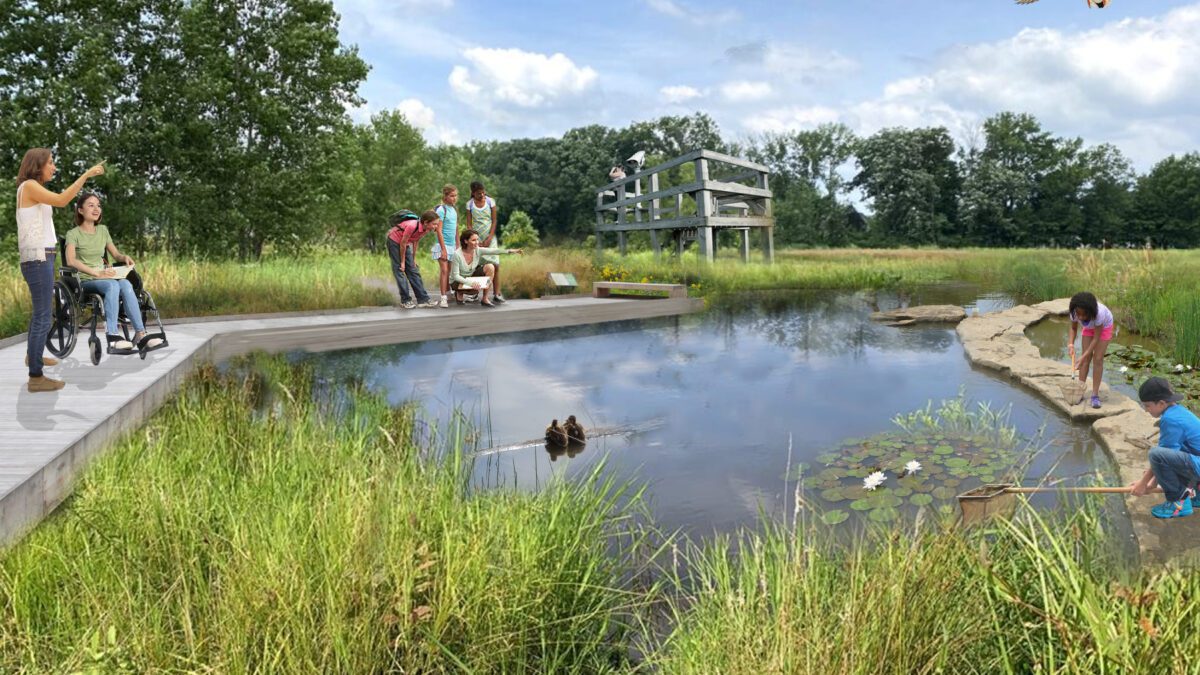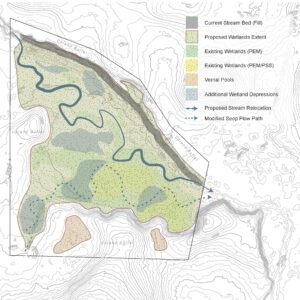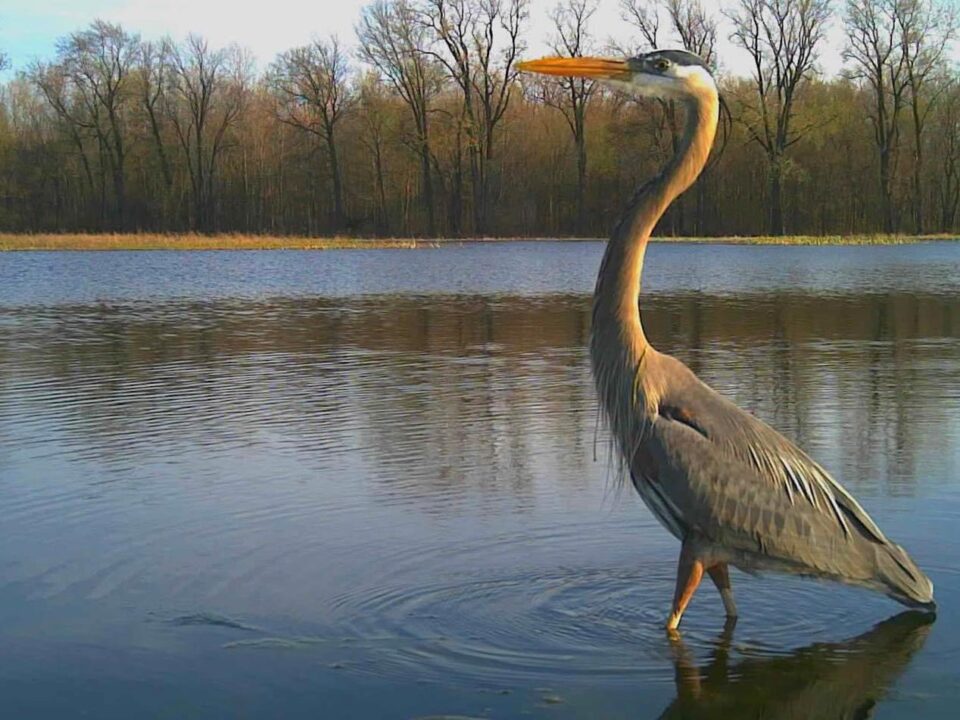
Prescribed Burns with MAD Scientist Associates
October 26, 2023
Salamander Run
January 9, 2024By: Jonathan Stechshulte
February 18, 2021
The purpose of ecological restora
Enter ecological restoration, again. It could be argued that ecological restoration is a design profession that is not formally categorized as a design profession. But formalities aside, great ecological design requires an incredible amount of coordination and knowledge specific to the ecology that is being restored. Its implementation and success rides on more than just the creation of a “natural” appearance. Restoration ecology outcomes increase biodiversity, promote the conservation of at-risk systems, and restore historical ecologies from the ground up. These outcomes are quantifiable through ecological monitoring and assessment.
Bringing landscape architecture into the realm of ecological restoration is a natural combination of two fields. While restoration ecologists deal much less with the anthropogenic built environment, there is still a large amount of overlap in design and construction processes. Bringing landscape architecture into the field of ecological restoration allows a team to establish a well-rounded technical, scientific, and aesthetic suite of services for each project, as ultimately, the most successful ecological solutions are the ones that promote environmental synergy, interdisciplinary dialogue, and mutual understanding.







